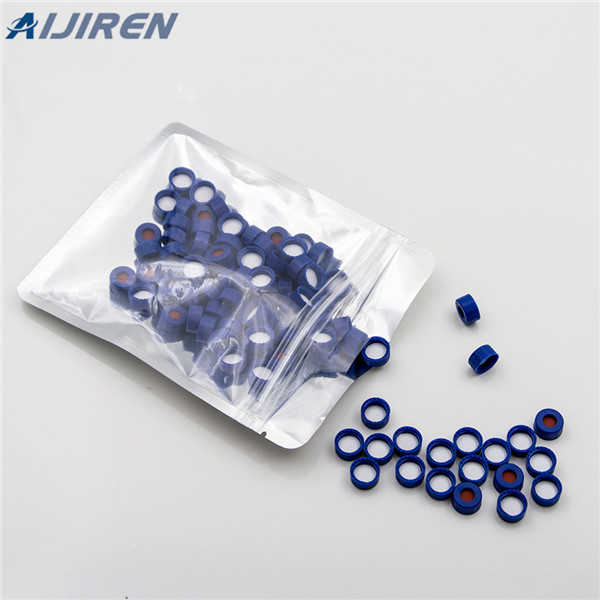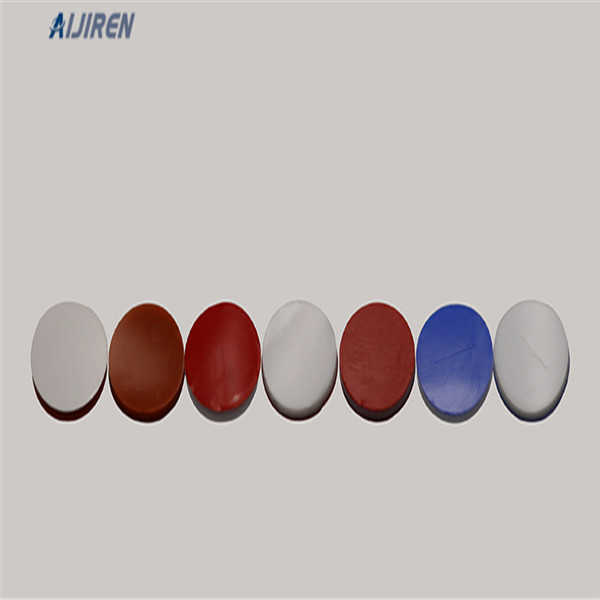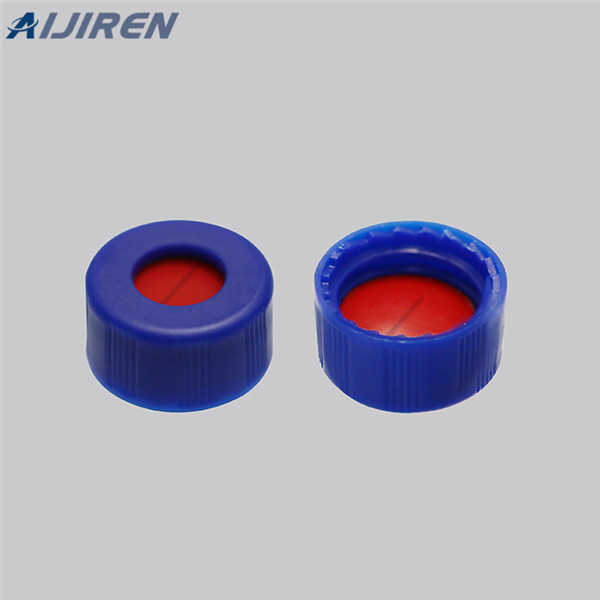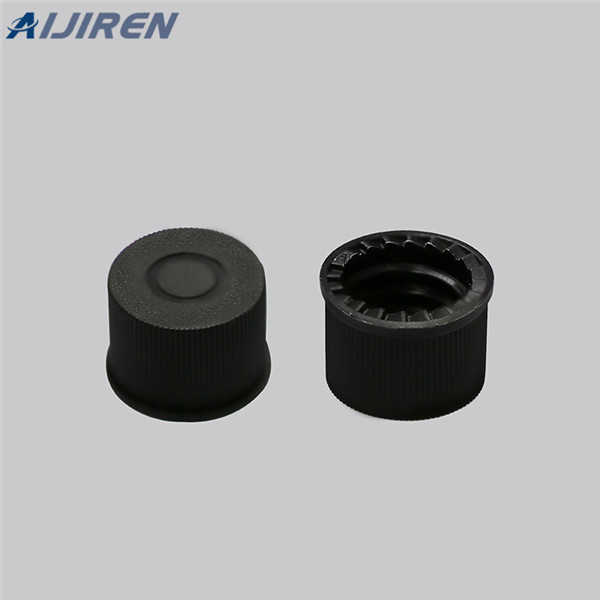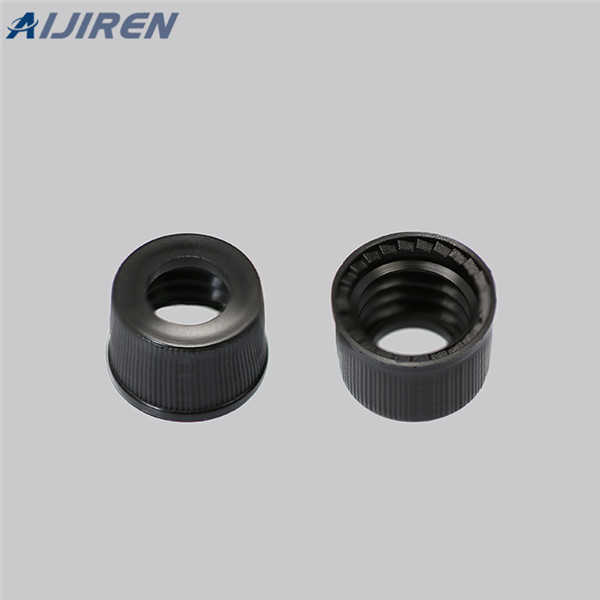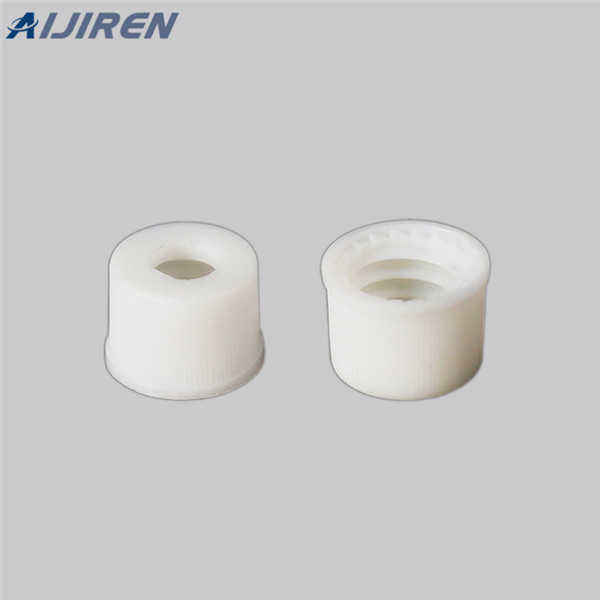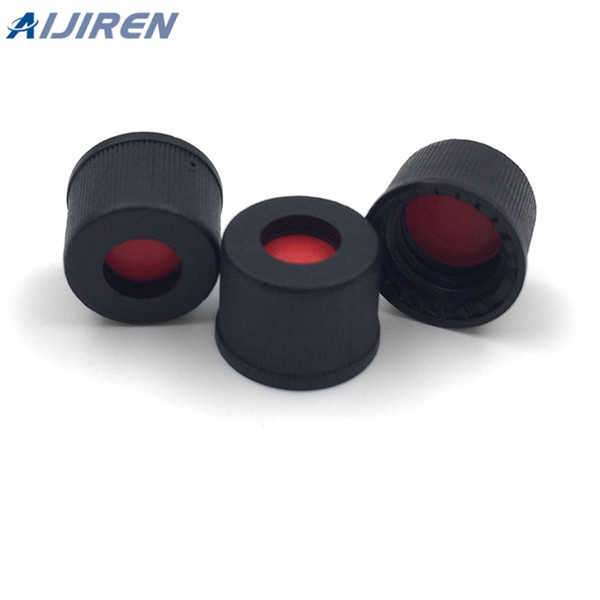Vial septa for academic institutions
-
A wide range of vials, closures, and accessory products designed for generalized and specific scientific applications. Various product formats, dimensions, and material compositions are available. Includes autosampler vials, cryogenic storage vials, and serum vials. Thermo Fisher Scientific is dedicated to improving the human condition through
-
Oct 21, 2022 · Oct. 21st, 2022. The septa and vial caps are essential parts of HPLC vials. The vial cap serves as a barrier, keeping outside contaminants out of the vial and preserving the integrity of the sample. The septa, a seal between the injection needle and the vial composed of silicone, PTFE, or rubber, ensure accurate and exact sample injection.
-
Our experts within the diverse analytical disciplines have chosen the best vials, caps, septa and accessories that meet the demands of today’s instruments, samples and measurement techniques.
-
Mar 31, 2022 · 2ml nd11 crimp vials 4ml amber screw chromatography vials, hplc vial nd13 2ml nd11 snap vial General Chromatography Vials and Applications in the Headspace First, let’s find out what septa is in short terms: Septa is a circular silicone or silica gel gasket.
-
The septum you choose for your autosampler vial can impact sample evaporation, sample security, needle bending and blockages, and instrument down time. Don’t let the complexities of septa selection slow you down. Use the simple online Thermo Scientific SureSTART Selection Guide to find the right septa and vial for your analysis.
-
When selecting a vial, cap and septum to contain analytical solutions, there are several factors to take into account. In most analyses, the cleanliness of the vial and the septum are most important. 1,2 With analyses where multiple injections of the same analyte (s) are performed over time, the ability of the septum to reseal is a consideration.
-
Vials, 2 mL, open-top screw cap, R.A.M. ™ (9 mm) convenience kit with closures with septa, unassembled, pkg of 100 29057-U volume 2 mL, clear glass vial, PTFE/silicone septum
-
Products. Septa. By definition, a rubber septum consists of a disk of rubber or similar material used to seal a vial or other device. It is installed along the inside of a cap, which is typically made of metal or plastic. A syringe needle pierces the rubber septum for the purpose of injection and, on withdrawal, the elasticity of the septum
-
PerkinElmer enables scientists, researchers and clinicians to address their most critical challenges across science and healthcare. We provide solutions for the diagnostics, life sciences, food and applied markets.
-
vial septa contain small quantities of organic materials that might be detectable with the analytical instrumentation being used. For most GC/MS and other high-sensitivity detectors, Phenomenex recommends septa materials with the Cert+ designation; these are the cleanest and highest-performing products in the Verex line.
-
These vials can also be used in the Perkin-Elmer Autosystem GC; Waters 48-position tray autosampler; and Shimadzu AOC-14/1400, LC-10A, and SIL-2AS. Use the 13 x 425 caps with septa as sample vials and with diffusion caps for wash vials. These vials can also be used as storage vials. 4 mL, 15 x 45 mm.
-
This magnetic screw cap has been developed for the CTC instrument. The vial has a precision thread with numberous threads to force the septa against the vial to seal it to be gas tight. The center hole is designed to be used for SPME as well as standard Headspace analysis, but still offers enough. Compare this item.
-
Vial Septa Hplc found in: 8-425 Septa, 13mm Septa For Screw Thread Vials, LC Certified Vial Kits, Target DP 9mm Vial Closures, 6 mL Crimp Top Vials, Caps..
-
Jul 1, 2016 · While gas chromatographers may take their septa for granted, in fact these small and seemingly unremarkable polymer discs keep air out of the carrier gas stream when used in an inlet and keep sample intact and uncontaminated when used in a sample vial. Choosing the wrong septa can compromise method accuracy and repeatability as well as reduce column lifetime in extreme cases. This installment
-
Features and benefits. Trajan septa undergo conditioning (thermal and chemical) to reduce siloxane bleed. Siloxane bleed can occur during heating, solvent interaction or piercing by the autosampler needle causing the material to become stressed. Septa liners are often laminated with a layer of high chemical resistance material such as PTFE or FEP.
you can contact us in the following ways.

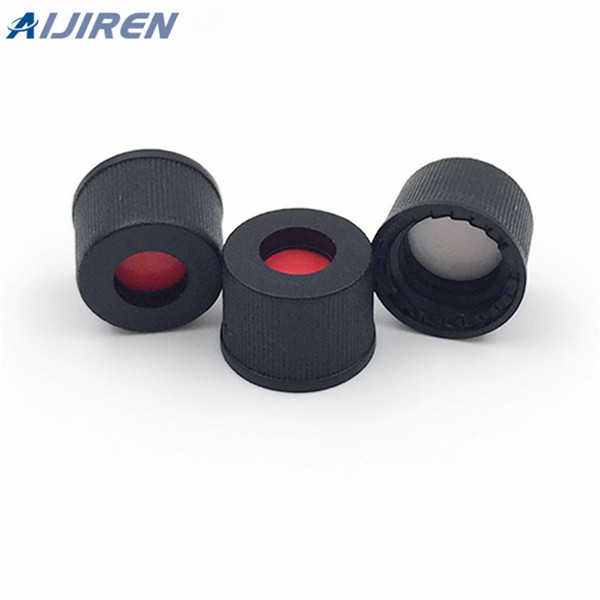
.jpg)

